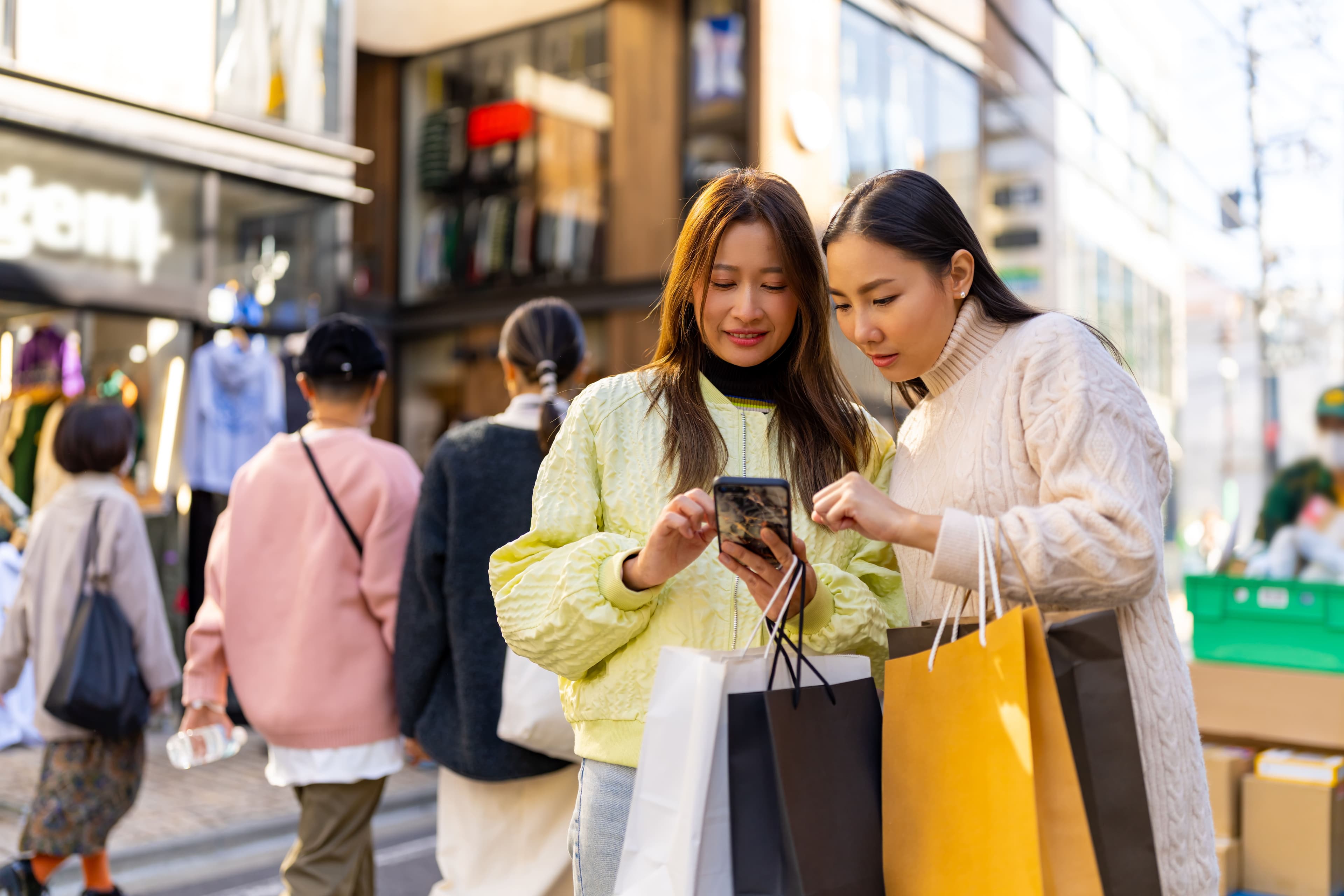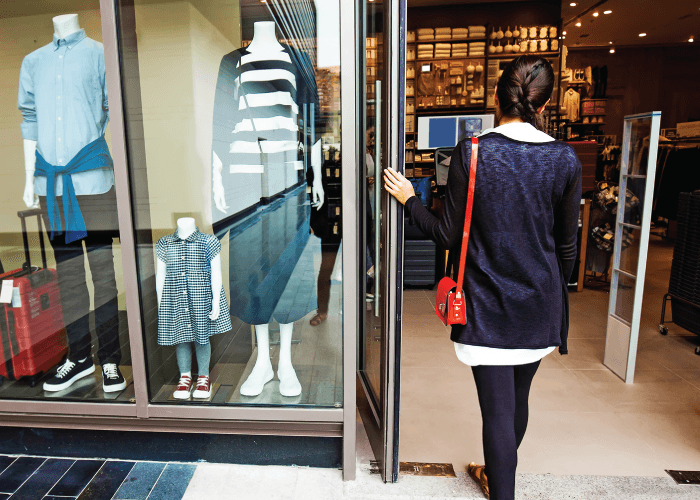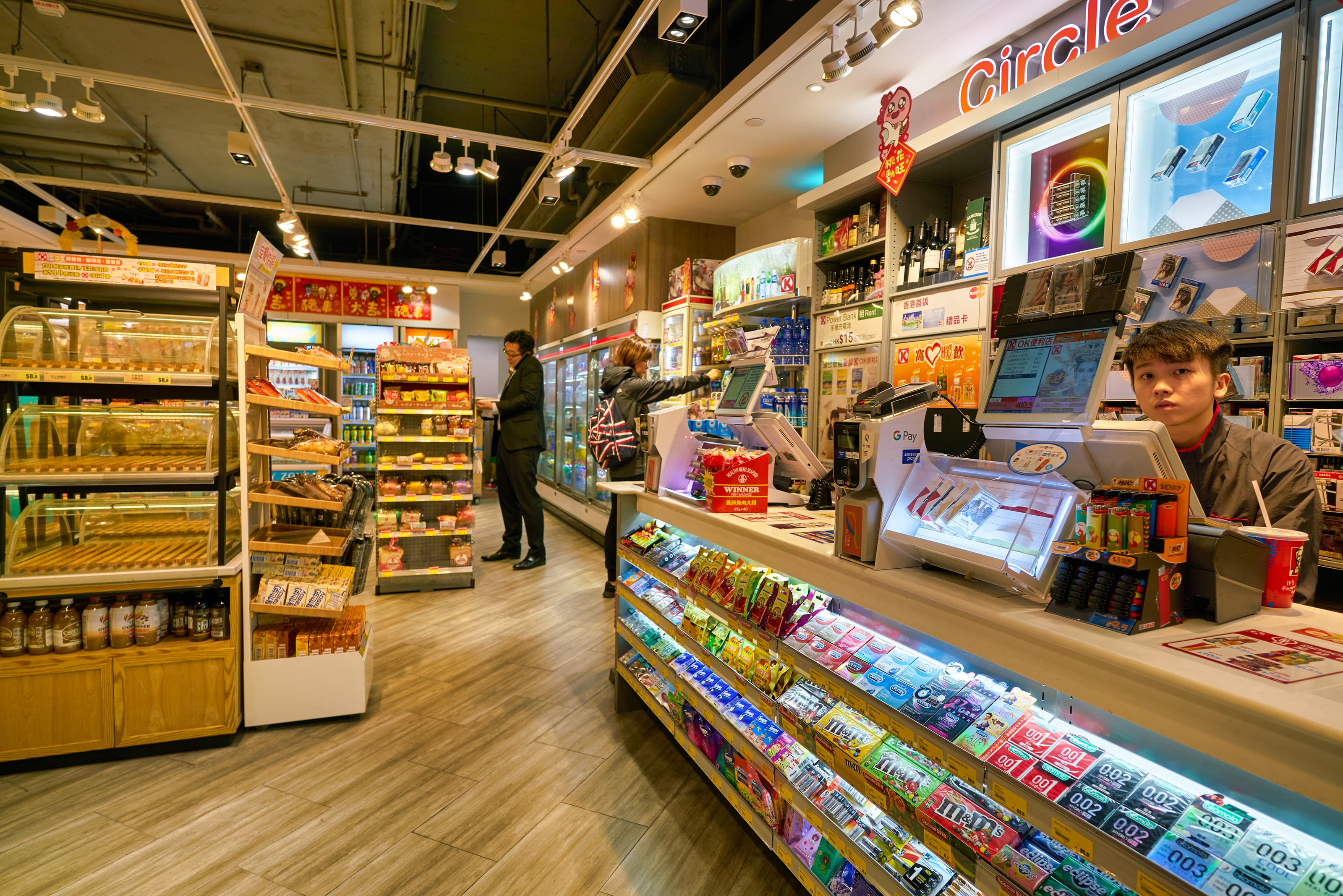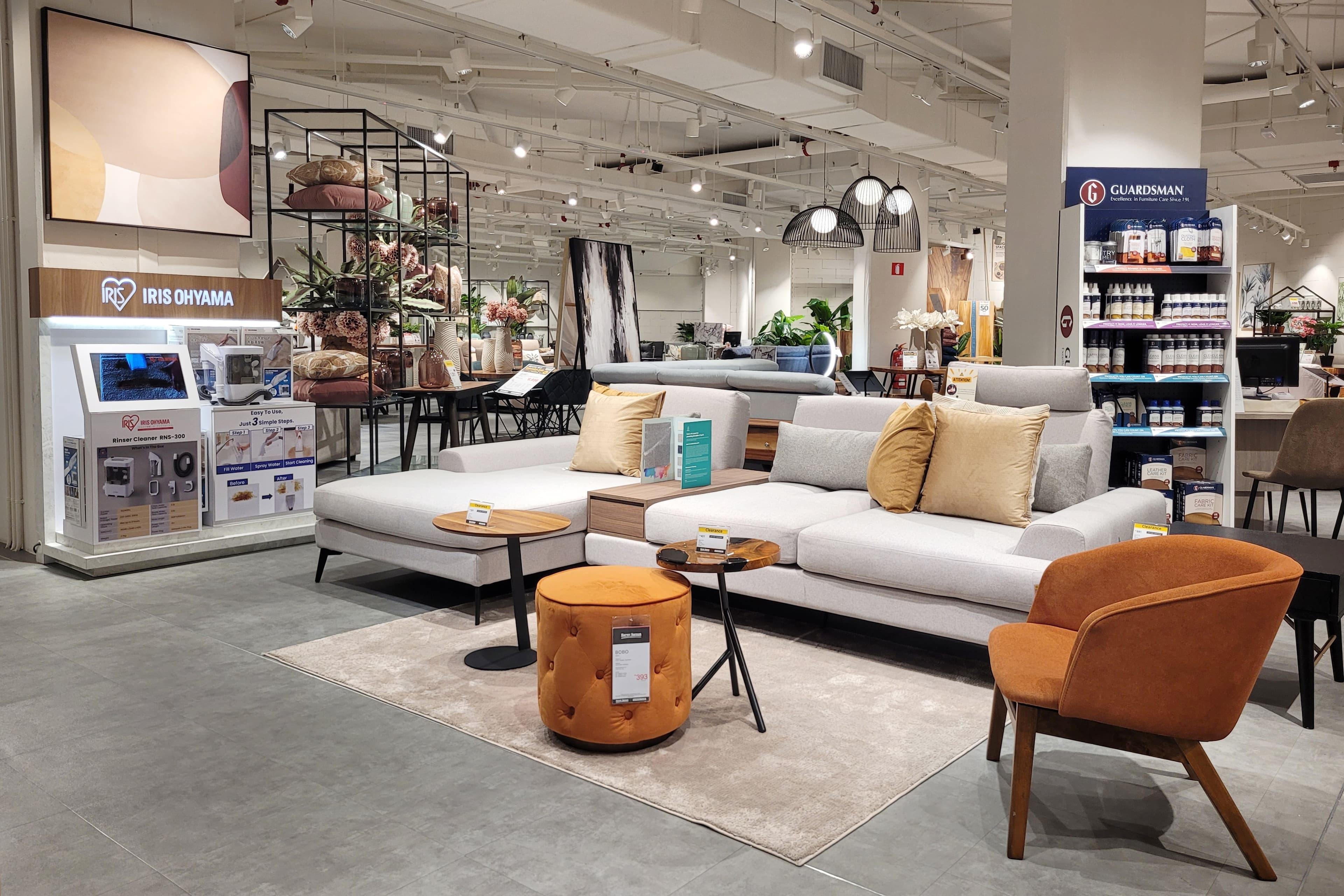Retail Pulse: Japan's Innovative Approach To Luxury Shopping

On this page
Japanese department store operators are benefiting from increased spending by wealthier shoppers despite the inflationary environment, reports Business of Fashion. In contrast, lower-end retailers are underperforming as people become pickier about what staples they choose to buy. This begs the question: what are luxury stores doing right in Japan? Moreover, can other brands learn from these insights to drive profitability and remain resilient despite global economic uncertainties?
READ MORE: Tracking The Evolution Of Luxury Retail
Is Japan The World’s New Luxury Hub?
For years, luxury goods companies have relied on China, the world’s second-largest economy, for growth. Mainland China is expected to account for 24% to 26% of the world's luxury purchases by 2030, according to Bain. As the country grapples with economic challenges, Japan is establishing itself as a dominant force in the luxury market.
Despite the economic challenges in China, luxury conglomerates like LVMH and Kering have reported strong revenue growth in Japan. LVMH posted "double-digit revenue growth" in Japan during the first quarter, while Kering reported a 16% increase in sales in Japan compared to the previous year. In contrast, their sales in China and the Asia-Pacific region declined. Tapestry also saw an increase in sales in Japan while experiencing a decline in sales in Greater China.
While many shoppers still prefer to buy luxury apparel, footwear, and accessories from China, Japan is becoming increasingly popular in this sector. Some of this trend can be attributed to Japan's weakening currency. According to a recent report by WWD, the Japanese yen is currently at a 34-year low against the dollar, leading to the highest price differences in luxury goods between Mainland China and Japan in 18 months. Bloomberg reports that this has prompted some Chinese shoppers to travel to Japan for luxury purchases. Additionally, Japan offers a tax refund on certain products purchased in the country. According to WWD, Chinese shoppers can save up to 25% through a tax refund when buying goods in Japan.
What Sets Japanese Retail Apart
Japan stands at the forefront of retail innovation, offering a unique blend of tradition and cutting-edge technology. What sets these stores apart from their global counterparts is a meticulous attention to detail that permeates every aspect of the shopping experience. From the seamless integration of sensory elements to the strategic use of in-store analytics, Japanese retailers create an environment that is both immersive and highly efficient.
Uniqueness Of Japanese Retail Stores
Japanese stores distinguish themselves through aesthetic appeal, customer service excellence, and a focus on creating memorable experiences. The meticulous attention to visual merchandising ensures that every product is displayed thoughtfully, often transforming stores into veritable galleries of consumer goods. Take, for instance, Uniqlo, whose stores are characterized by minimalist design and organized layouts that make shopping a breeze. The brand's flagship store in Tokyo's Ginza district exemplifies this with its sleek interiors and innovative use of technology, such as interactive displays that help customers choose the right size and style.

Beyond aesthetics, Japanese retailers are renowned for their exceptional customer service, known as "omotenashi." This philosophy of hospitality ensures that customers feel valued and respected, with staff often going above and beyond to assist shoppers. This level of service is evident in department stores like Isetan and Mitsukoshi, where sales associates are trained to anticipate customer needs and provide personalized recommendations, enhancing the overall shopping experience.
Sensorial Elements In Stores
Japanese brands excel at incorporating sensorial elements to make the shopping experience more immersive and entertaining. Sensory engagement is a key strategy used to create an emotional connection with customers. For instance, the luxury department store Takashimaya incorporates soothing music, subtle fragrances, and ambient lighting to create a tranquil shopping environment. This sensory harmony makes customers feel relaxed and more inclined to spend time exploring the store (and therefore more compelled to convert).
Another example is the multi-sensory experience offered by Muji. Known for its minimalist aesthetic, Muji stores often feature calming scents from essential oil diffusers and a variety of textures in their product displays, inviting customers to touch and feel the materials. This sensory engagement not only enhances the shopping experience but also reinforces Muji's brand identity of simplicity and tranquility.
The Role Of In-Store Analytics Technology
In-store analytics technology is pivotal in creating world-leading retail experiences. Retailers leverage data to gain insights into customer behavior, optimize store layouts, and personalize the shopping journey. Advanced technologies such as heat mapping allow stores to track customer movements and preferences, enabling them to make data-driven decisions that enhance efficiency and customer satisfaction.
A prime example is in-store analytics at the high-end beauty retailer Shiseido. Shiseido employs sophisticated data analytics in its flagship stores to monitor customer interactions and optimize product placements. By analyzing customer movements and purchasing patterns, Shiseido can tailor its displays and product offerings to better meet the needs and preferences of its luxury clientele. This allows the store to provide a more personalized shopping experience, with recommendations and services that align closely with individual customer profiles, ensuring a highly satisfying visit.
Japanese Department Stores
Japanese department stores play a crucial role in the retail mix, serving as both cultural landmarks and hubs of consumer activity. These grand establishments are more than just places to shop; they are destinations that offer a blend of retail, dining, and entertainment experiences. Department stores like Isetan, Mitsukoshi, and Takashimaya are renowned for their wide range of high-quality products, from fashion and cosmetics to gourmet food and household goods.

They integrate sensory elements to create an inviting atmosphere and employ advanced in-store analytics to enhance operational efficiency. For example, Isetan's flagship store in Shinjuku features curated sections that cater to specific customer segments, using data analytics to understand and anticipate shopper preferences. This allows the store to offer personalized experiences, such as tailored fashion advice and exclusive product recommendations, ensuring each visit feels unique and special.
READ MORE: How In-Store Analytics Empowers Multi-Brand Retail
Japanese retail innovation, specifically in the luxury sector, is known for seamlessly integrating aesthetic appeal, exceptional customer service, and advanced technology. Japanese stores are distinguished by their meticulous attention to detail and commitment to creating memorable shopping experiences. They incorporate sensorial elements and use in-store analytics technology to engage customers on a deeper level and provide personalized, efficient service. Integrating these elements ensures that Japanese retail remains at the cutting edge, setting a global standard for innovation and excellence in the industry.
WATCH NOW: Industry Experts On The Power Of In-Store Analytics
About the author:

Ashton Kirsten, Global Brand Manager, RetailNext
Ashton holds a Master's Degree in English and is passionate about physical retail's unbridled potential to excite, entertain, serve, and solve problems for today's shoppers.



